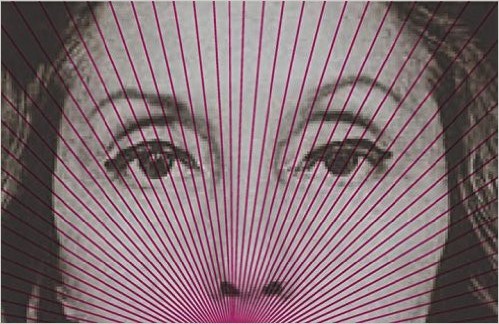, The New York Times Book Review. IMS Clarice Lispector, 2015. Disponível em: https://site.claricelispector.ims.com.br/en/2015/12/01/entre-os-100-melhores-da-the-new-yorker-book-review/. Acesso em: 06 December 2025.
The year’s season of retrospectives is now open, and one of the most respected in the literary circuit – the traditional list of 100 Notable Books of 2015, selected by the editors of The New York Times Book Review – has included among the highlights for Fiction and Poetry the title The Complete Stories, a volume of short stories by Clarice Lispector edited by Benjamin Moser and published by the New York publishing house New Directions. The book is expected to be released in Portuguese in 2016 by Rocco.
Katrina Dodson, translator of the more than 80 stories in Complete Stories, spoke with the IMS Blog about her relation with Lispector’s literature, the difficulties she encountered in translating her work, and comparisons with writers such as Kafka, Machado de Assis, and Virginia Woolf.
See also
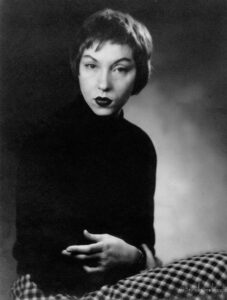 by Alexandre Nodari
by Alexandre Nodari
In this year in which we commemorate The Hour of the Star, the entry of Clarice Lispector and her alter ego (one of many), Macabéa, into her “própria profundeza
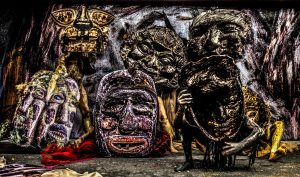 by Veronica Stigger
by Veronica Stigger
In January 1975, Clarice Lispector received an invitation letter, signed by Simón González, a Colombian businessman, politician, and mystic, inviting her to take part in the First World Congress of Witchcraft, which would be held between August 24 and 28 of that same year in Bogotá, Colombia. [...] But why was Clarice Lispector invited to the First World Congress of Witchcraft?
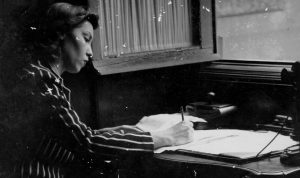 by Elizama Almeida
by Elizama Almeida
In partnership with the Department of Humanities at Columbia University, the IMS presents the international seminar The Clarice Factor: Aesthetics, Gender, and Diaspora in Brazil.
 by Bruno Cosentino
by Bruno Cosentino
Correio para mulheres (Women’s Mail), edited by Aparecida Maria Nunes, includes texts by Clarice Lispector directed towards a female readership and written in three distinct moments in the writer’s career.
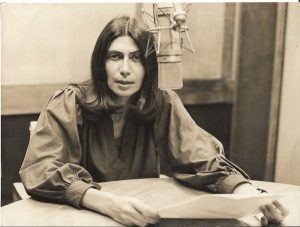 by Bruno Cosentino
by Bruno Cosentino
The writer Ana Maria Machado had an unusual and emotional episode with Clarice Lispector. This happened in 1975. After having read an article by Ana Maria, published that very day in the Jornal do Brasil, about the birthday of the writer Roland Barthes, Clarice, who did not know her personally, insistently asked her for help to organize what in two years would be the book The Hour of the Star.
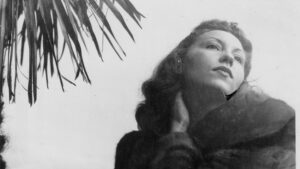 by Marco Antonio Notaroberto
by Marco Antonio Notaroberto
The following text began with research on the correspondence between Clarice Lispector and her sisters Tania Kauffman and Elisa Lispector, under the care of the IMS.

